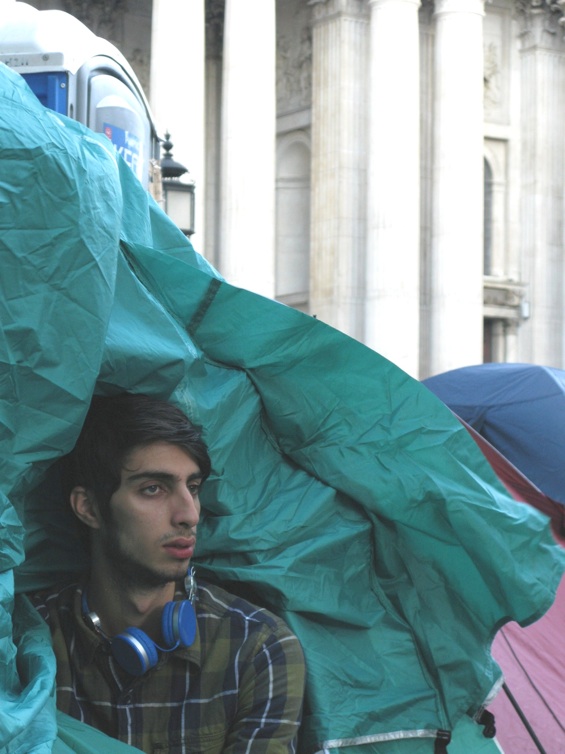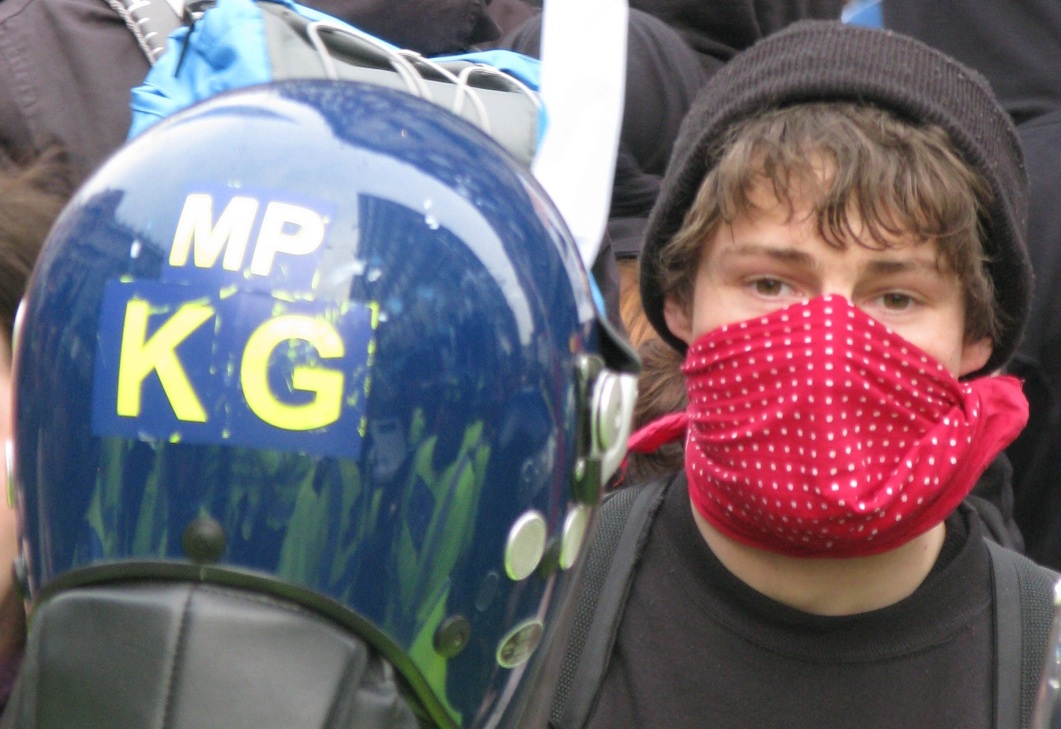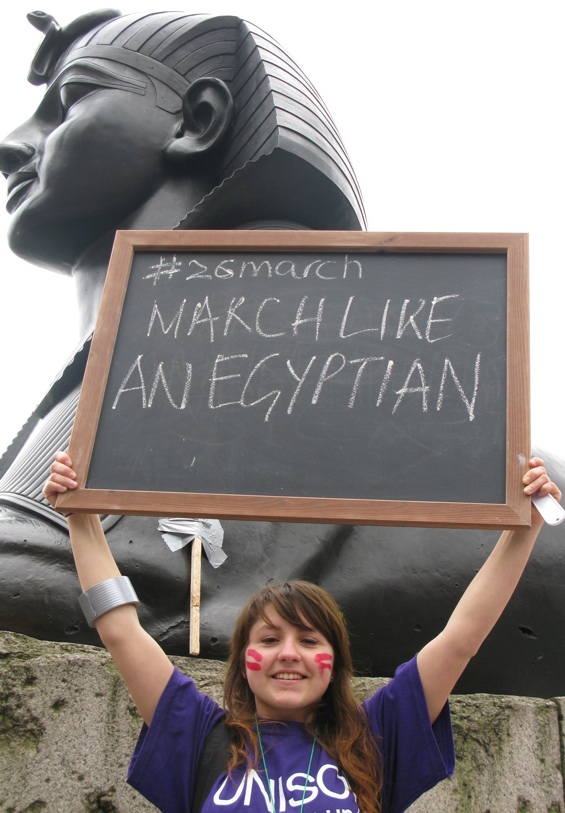London’s streets bustle with peaceful activity each day. But in 2011 localised political protest and more widespread social disorder did occur on a scale and of a force not seen since the 1980s.
The year also ended with the establishment of an ongoing protest camp of Occupy London activists condemning the excesses and recklessness of bankers in the City. They established their camp in October 2011 outside St Paul’s Cathedral and near to the London Stock Exchange.
Political protests targeted government public spending cuts, pay and pension freezes, and the imposition of increased student fees.
Social disorder erupted over one tense week in August 2011 triggered by the fatal shooting by police officers of Mark Duggan, a young black man and father, in Tottenham, a north London area where major riots had erupted in the 1980s. Five people died in the rioting spread to other parts of London and to other UK cities (POLICING).
Motivated
Political goals may not have primarily motivated those involved in vandalism, looting and violence. But the riots were political in the sense that the UK’s political class, closeted in the Westminster and Whitehall political ‘village’, had failed to tackle the society’s structural economic weaknesses and deep-rooted social problems.
The Occupy London activist camp protested against a global economic system condemned for widening the gap between the rich and poor in London, the UK and the world. Tents were pitched outside St Paul’s and at Finsbury Square after similar camps emerged in cities throughout the world. This kind of determined protest began with those that caused the chaotic breakdown of the 1999 World Trade Organisation talks in the north-western American city of Seattle.
Kettling
The various political protests throughout 2011 raged against student fee increases, public spending cuts, and banking and corporate wrecking of the economy. They mirrored the 1999 Seattle protests in that they were led by a large peaceful demonstration of organised labour union members and spearheaded by ‘direct action’ activist groups such as UK Uncut.
Police used the controversial ‘kettling’ control technique that led to clashes with student protesters, violence, injuries, arrests and alleged police breaches of civil liberties (below right).



